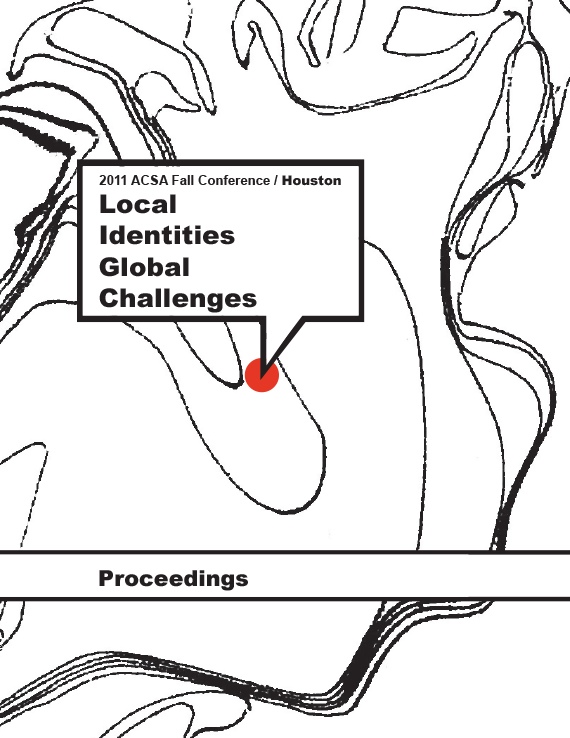Author(s): Antje Steinmuller & Mona El Khafif
Architectural research can be used to help inform design decisions that support cultural needs. This is particularly helpful when a designer is working with clients who are not from his or her country of origin. Undesirable outcomes such as stress, anxiety and lowered satisfaction may take place when culture is not respected by they physical environment (Gesler, 1990).Understanding the relationships between cultures has become increasingly significant, as the frequency with which we interact with individuals outside our own background has grown. Cultural distinctions are not just limited to differences between countries, but also differences within countries. For example, in the United States, the Hispanic Americans will represent 25% of the overall population in 2050. The needs of this culture will need to be seriously considered.The issue of the critical interaction between spatial behavior and culture was explored beginning 50 years ago by E.T. Hall in books such as Beyond Culture (1976), The Fourth Dimension in Architecture (1975), The Hidden Dimension (1966) ,and The Silent Language (1959). Hall coined and explored the topic of cultural proxemic behavior. Since then, awareness of differences in spatial needs has continued to grow and is a concern for designers.To provide a context for this discussion, this presentation will focus specifically on the use of evidence-based design to understand the needs of multicultural users in healthcare settings. Differences in needs apply to both patients/families and staff. Regarding patients/families, differences have been noted between preferences for color, art, and spatial interaction in healthcare settings. Families from different cultures engaging in health care services have different environmental requirements, as the size of families that participate in the healthcare setting may vary by culture. Regarding staff, several researchers have concluded that culture influences performance (Chiang & Carlson, 2003) and that environment influences performance (Hancock & Vasmatzidis, 1998). In this essay we intertwine these conclusions by noting that environment can support culture, which in turn can support performance. The healthcare environment has different meanings depending on the users’ cultural reference, which impacts the manner in which spaces are perceived. Surrenti (2009) notes that critical cultural activities such as the birthing and dying processes, washing, and eating are common to healthcare settings, and subject to manipulation by the environment. Privacy plays a significant role in these activities and it can be impacted by spatial configuration. Research has been done that suggests differing healthcare environment perceptions. Douglas (2005) found that people from the United States prefer single patient rooms, while the “British” prefer spacious, shared environments. Other researchers note that Hispanic and Asians are more likely to participate in the caregiving process and therefore require more space between beds than North Americans. Also documented is that African grandmothers are likely to want to sleep next to mothers who have just given birth, and therefore must be accommodated in the birthing room. If designers are not responsive to cultural needs, conflicts may occur between patients/families and staff. Evidence-based design research can contribute to guidelines for effective and supportive healthcare environments.
Volume Editors
Ikhlas Sabouni & Jorge Vanegas

 Study Architecture
Study Architecture  ProPEL
ProPEL 
